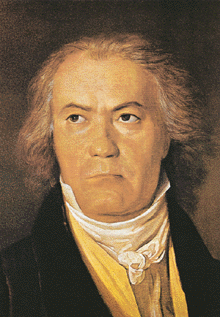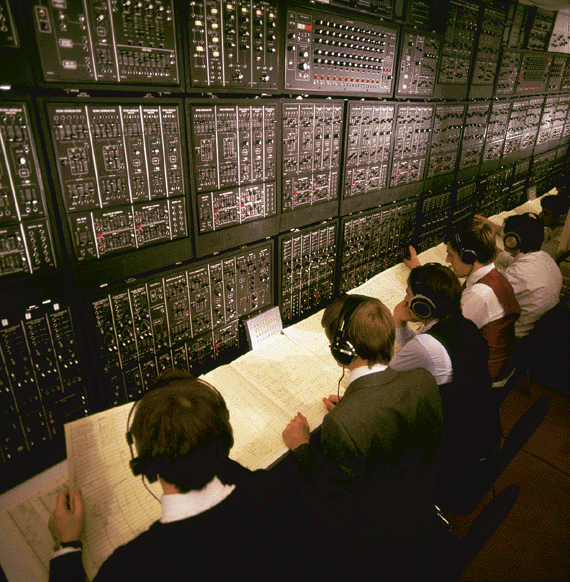|
“Freedom ! Progressing There
is no rule in art Continue
to There
is no more undisturbed That
which we acquire from art Continue, Beethoven |
 BEETHOVEN |
Modern scientific
technologies allow musical processes to be analysed, produced and reproduced
much more precisely than was possible in the past.
Thus, scientists, engineers and technicians work under the direction of the
classical composer and musicologist Peter Huebner on concepts of systematic
research and specific utilisation of the microcosm of music, as well as the
fine powers it possesses and – on the basis of the knowledge thus gained
– on a new methodology of classical composing, on new creative technologies
of tonal design, on new recording and reproduction techniques, as well as
on new computer-controlled methods of analysis and synthesis. The Micro Music
Laboratories hope that these will enable them to put the creation and production
of classical music on a sound, scientific-artistic basis.
The former role of the instrument builder who provided the sound with his
instrument is taken over by large digital data banks which have outstanding
sound material at their disposal. This ranges from the sound of African drums,
Chinese sound dishes and gongs, excellent Russian choirs and singing soloists,
flute-playing techniques of the native Americans and overtone singers from
Mongolia to the sound potential of large symphony orchestras.

From the pioneering times of the Micro Music Laboratories
Nowadays,
this technology is internationally very far developed. There are entire
industries which are dedicated to the specific construction of such
digital data banks – with an incredible diversity of expressive
playing techniques from all over the world. For this, everywhere famous
artists and outstanding scientists, conductors, musicians, singers,
even whole orchestras are involved in further developing such large-scale
sound libraries.
And the most successful electronic companies, software companies and
chip manufacturers in the world are developing and building the equipment
which deals with this sound material more and more successfully, at
the same time refining the diverse digital sound making and processing
techniques. In principle, all this is not new, and more or less familiar
to the active creative music professionals in all parts of the world
from their own practice. More than 90% of the music that is broadcasted
nowadays is produced including these digital techniques.